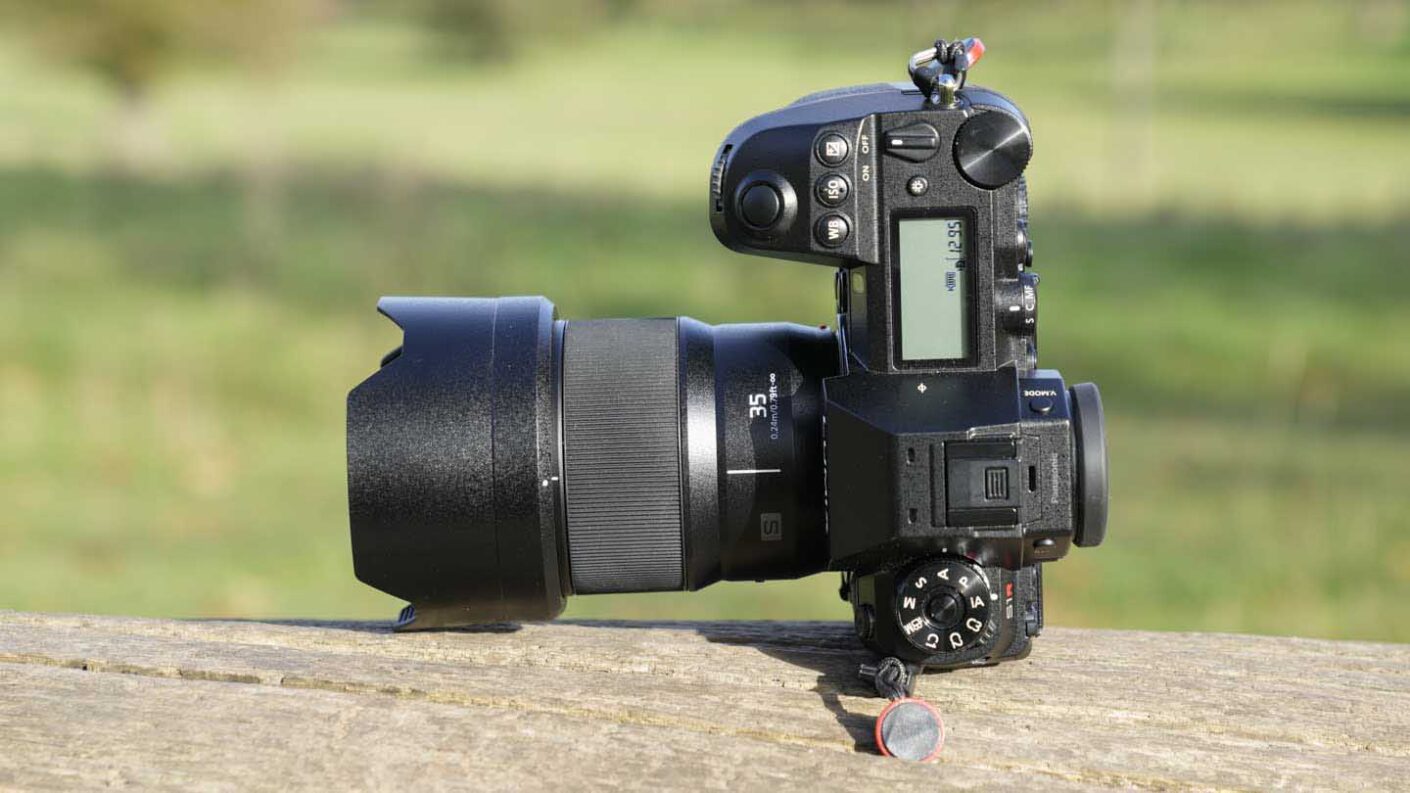I tested the Panasonic S 35mm F1.8 on the 47Mp Lumix S1R, the highest-resolution camera in Panasonic’s line-up. This means that there’s plenty of scope to assess the lens’ ability to render detail. And it’s good news on that score because it captures an impressive level of sharpness right through the aperture range.
As usual, there’s slight fall off in sharpness towards the corners of the frame at the wider apertures, but it’s not bad. It’s improved significantly by closing down to f/5.6 or smaller, but it’s unlikely to be problematic in real-world shooting situations.
Whether or not the in-camera Vignette Compensation feature is activated, you may notice some corner shading but it’s not troublesome and can be almost completely eradicated by closing down to f/2.8. Activating the Vignetting Compensation reduces the corner shading that’s visible at the widest aperture but it does’t completely remove it.
Adobe Camera Raw indicates that the raw files captured by the S1R with the 35mm F/1.8 lens mounted have a correction profile applied to them automatically to address distortion and chromatic aberration. This either does a very good job or there’s little to be done as curvilinear distortion is not an issue and straight lines remain straight. This makes the S 35mm F/1.8 a good choice of lens for photographing architecture and cityscapes.
After scrutinising images with strong contrast edges and backlit branches, leaves and twigs, I’ve only found a few subtle examples of chromatic aberration that are visible when the image is viewed at 100% on a computer screen. These can be dealt with in a matter of seconds using Adobe Camera Raw’s Defringe tool.
Panasonic supplies a petal-shaped lens hood with the lens and this helps to keep flare at bay. Of course, you can force the issue by including the sun or other light source in the frame, but even then, the flare is controlled pretty well.
Thanks to the rounded 9-blade iris, the Panasonic S 35mm F1.8 captures attractive out of focus areas with circular highlights at the centre of the frame – although they can look a bit hard-edged. When highlights extend into the corners of the frame they start to take on a cat’s-eye shape and a few have some chromatic aberration.
Paired with the S1R’s contrast detection focusing and DFD (Depth From Defocus) technology, the S 35mm F1.8 does a good job of getting subjects sharp quickly in most situations. It’s only when the subject is close to the minimum focus distance of 24cm (0.79 feet) that it starts to become hesitant and prone to hunting. This is when a focus limiter switch would be nice, but the ability to adjust the focusing manually while AF is engaged pays dividends and the subject is soon rendered sharp.
As promised by Panasonic, the focusing is silent and focus breathing is controlled very well.



